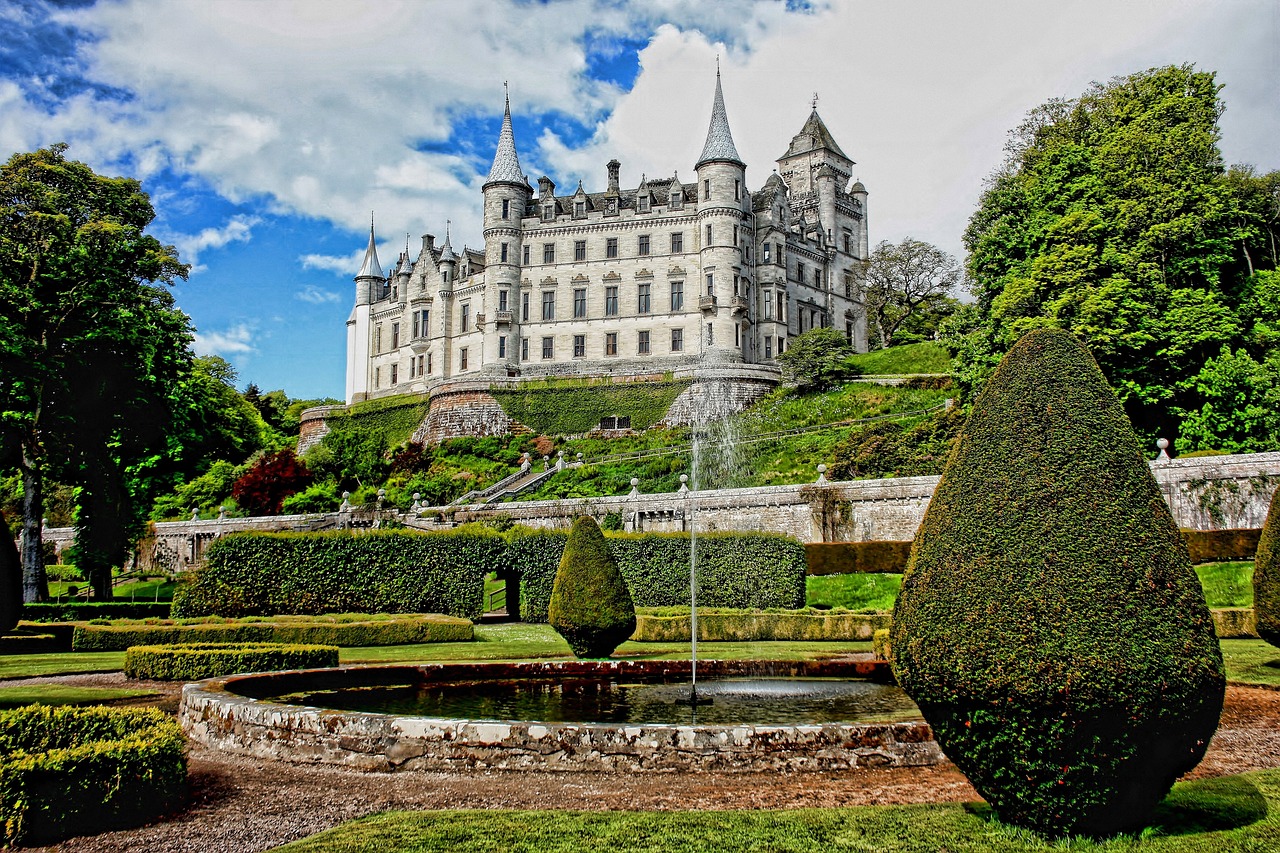
Preserving the architectural heritage of Central and Eastern Europe (CEE) in the modern world presents a multifaceted challenge. The region boasts a rich tapestry of historical architecture, reflecting a myriad of cultural and historical influences, from medieval castles and baroque churches to Art Nouveau buildings and Brutalist Soviet structures. However, balancing the preservation of this heritage with the demands of contemporary development and urbanisation is increasingly complex.
CEE countries like Poland, Hungary, Czechia, Slovakia, and Romania are custodians of some of Europe’s most significant architectural legacies. Cities such as Kraków, Budapest, Prague, Bratislava, and Bucharest are replete with historical structures that not only define their skylines but also embody their cultural identities.
In Poland, efforts to preserve architectural heritage are particularly poignant given the massive destruction during World War II. Cities like Warsaw, which underwent extensive reconstruction, face the task of maintaining historical authenticity while adapting to modern needs. The Warsaw Old Town, meticulously rebuilt to its former historical appearance, is a UNESCO World Heritage site and a symbol of Poland’s commitment to heritage preservation.
Budapest, known for its architectural diversity, encompasses styles ranging from classicist to Bauhaus. The city faces the challenge of preserving these buildings amidst growing urban development pressures. The renovation of the iconic Chain Bridge and the Buda Castle complex are examples of Hungary’s efforts to maintain its architectural heritage while accommodating contemporary urban life.
Prague’s historical centre, a UNESCO World Heritage site, illustrates the challenges of managing tourist footfall and urban development while preserving historical integrity. The city has implemented regulations to protect its architectural heritage, but balancing tourism and conservation remains a challenging task.
In Romania, the preservation of its architectural heritage, such as the medieval towns of Transylvania and the painted monasteries of Bukovina, is hampered by limited financial resources and lack of expertise in restoration techniques. The Romanian government, often in collaboration with international organisations, is working to secure funding and technical support for restoration projects.
Slovakia’s preservation efforts are exemplified in the capital, Bratislava, where the Old Town’s restoration has been a priority. However, balancing the city’s rapid modern development with the preservation of its historical buildings remains a challenge.
The preservation of CEE’s architectural heritage is not only about maintaining the physical structures but also about retaining the cultural essence they embody. This requires a comprehensive approach that includes:
Regulatory Frameworks: Implementing laws and regulations that protect historic buildings and sites, and ensuring that new developments respect the historical context.
Funding and Investment: Securing financial resources for restoration and preservation projects, which can be particularly challenging in countries with limited budgets for cultural preservation.
Technical Expertise: Developing local skills and expertise in restoration and conservation techniques, often requiring collaboration with international experts.
Community Engagement: Involving local communities in preservation efforts, ensuring that they have a stake in maintaining their architectural heritage.
Balancing Modernisation and Preservation: Finding innovative ways to integrate modern infrastructure and amenities without compromising the historical and cultural value of buildings and sites.
Preserving the architectural heritage of CEE in the modern world is essential not only for maintaining the historical and cultural identity of the region but also for contributing to its economic development through tourism. As these nations navigate the challenges of modernisation, their success in preserving their architectural legacy will be crucial in maintaining the unique character and richness of the European cultural landscape.






